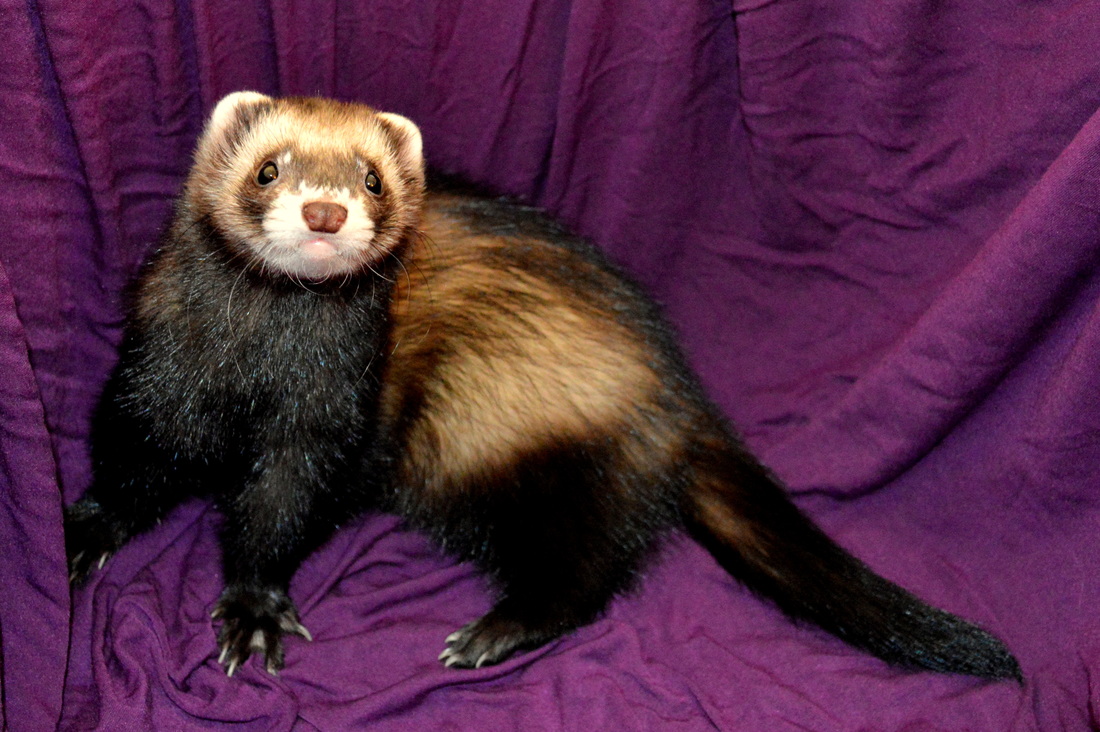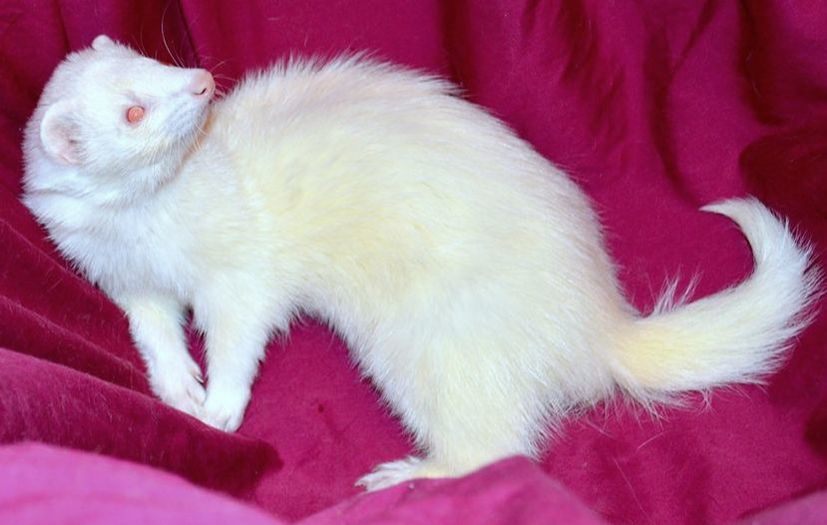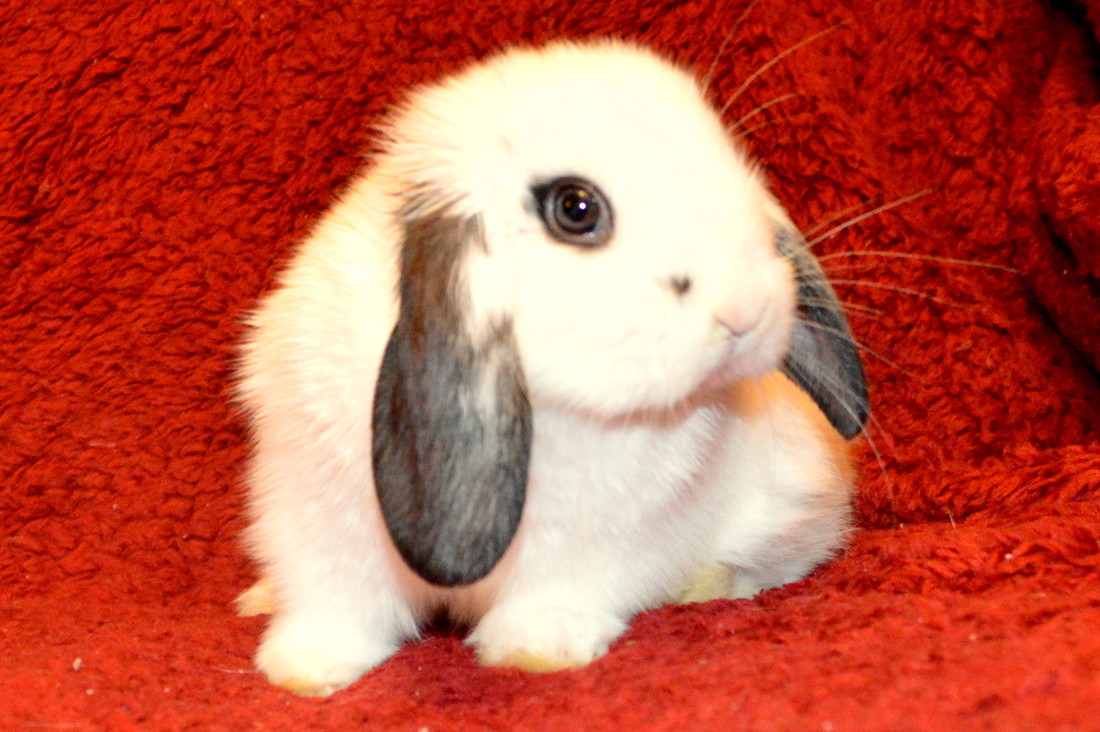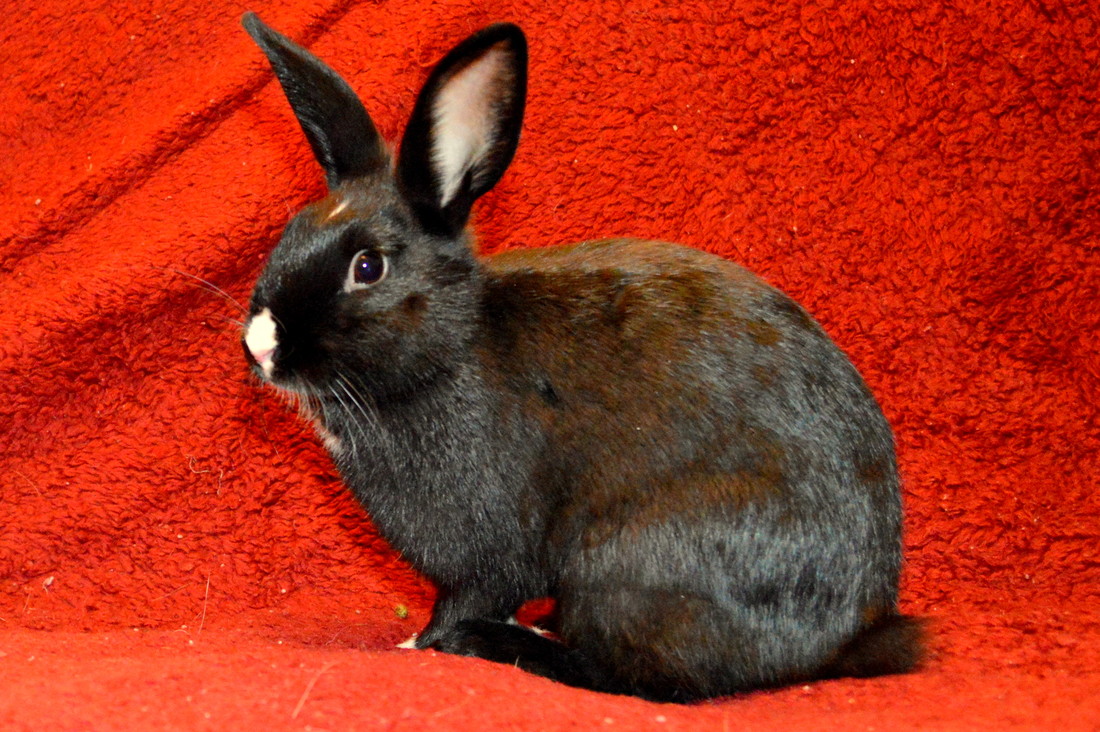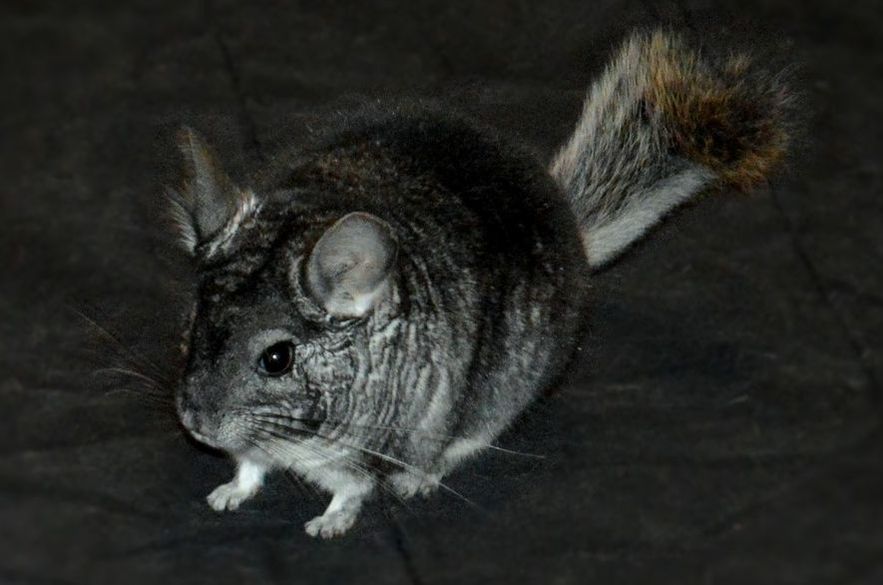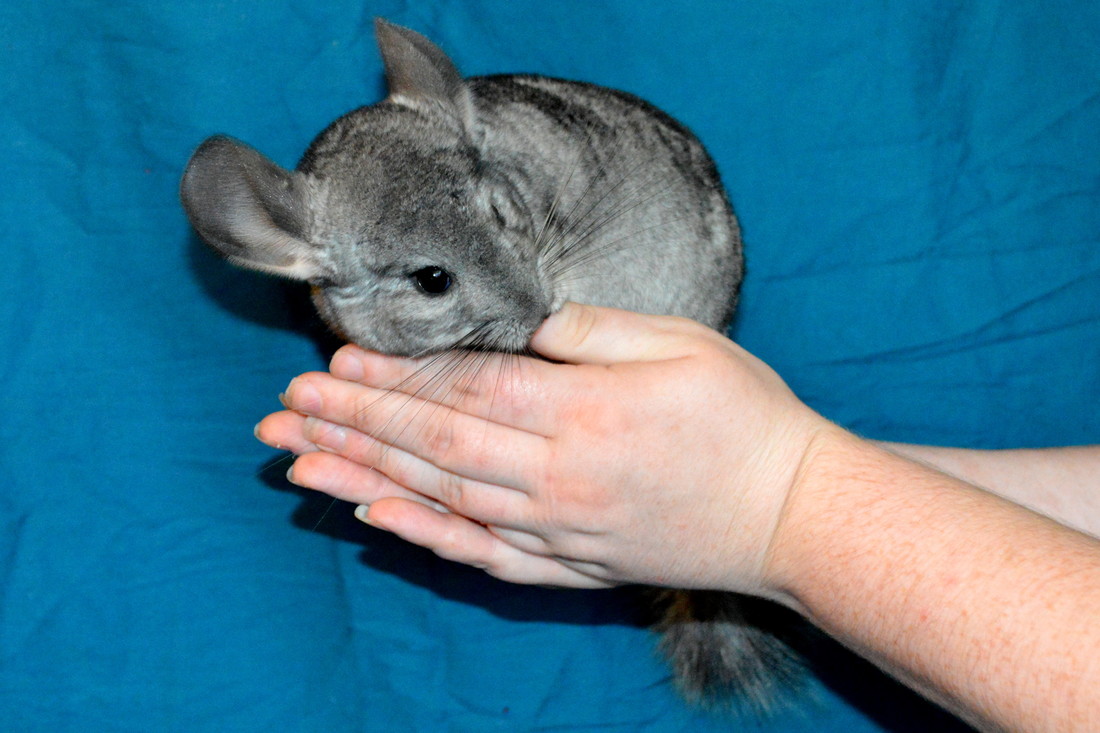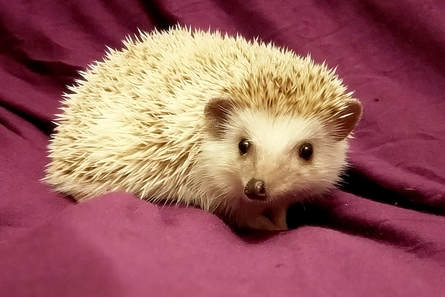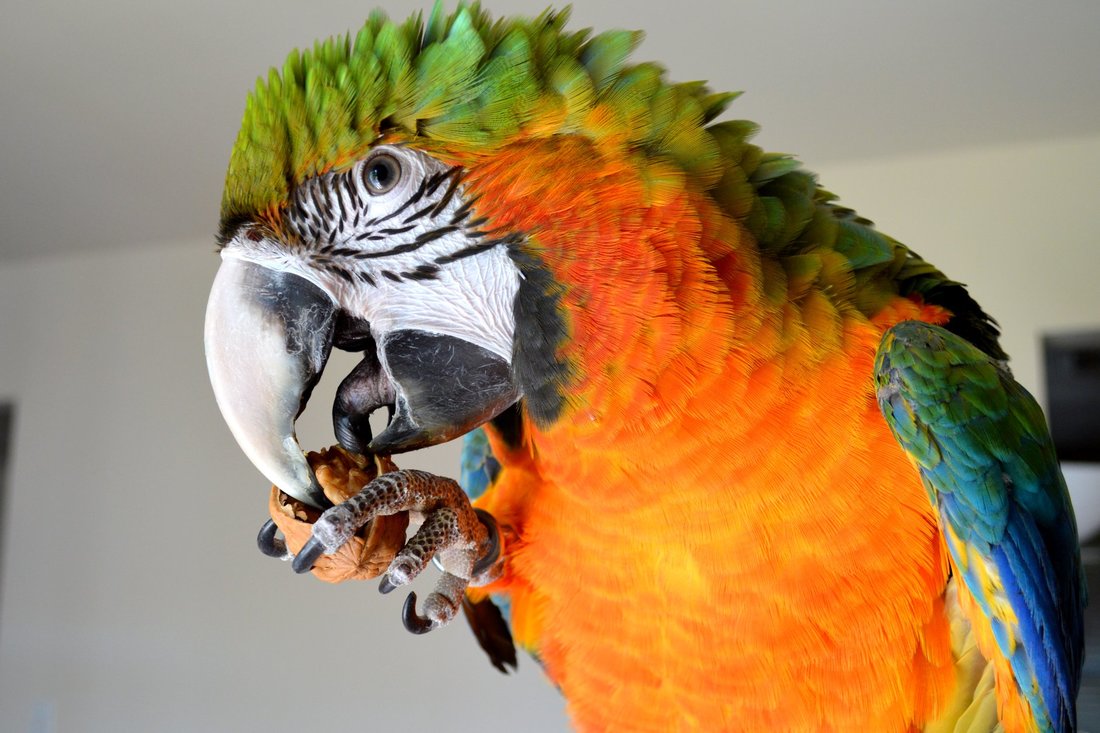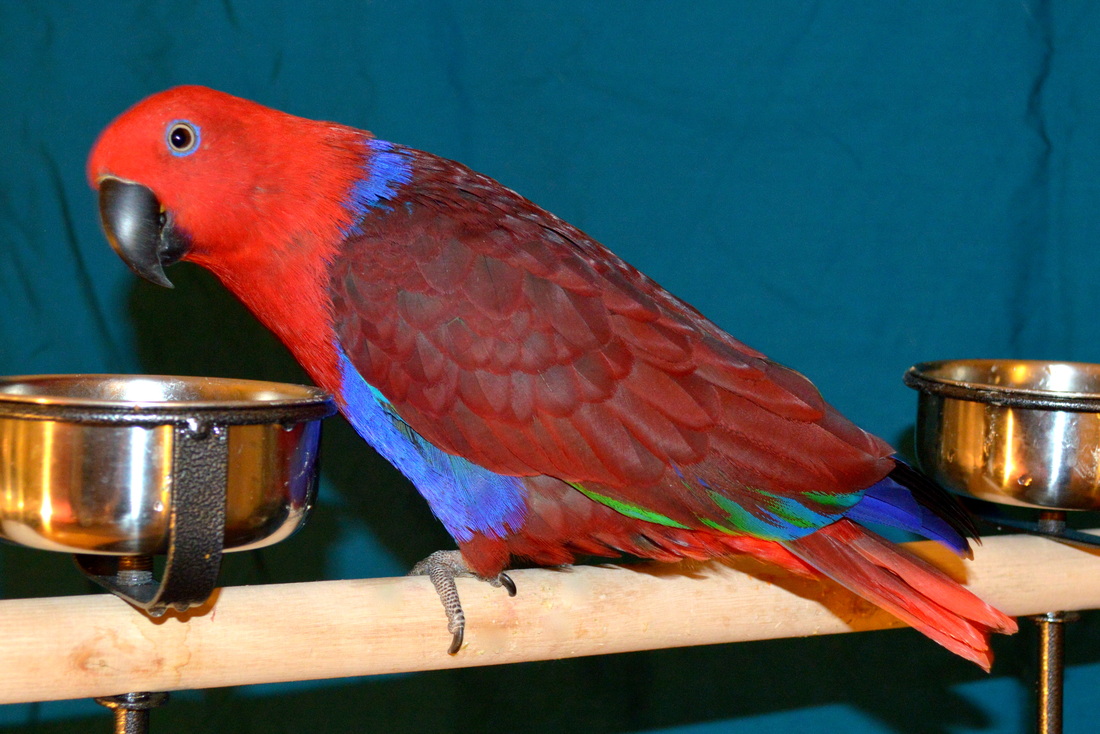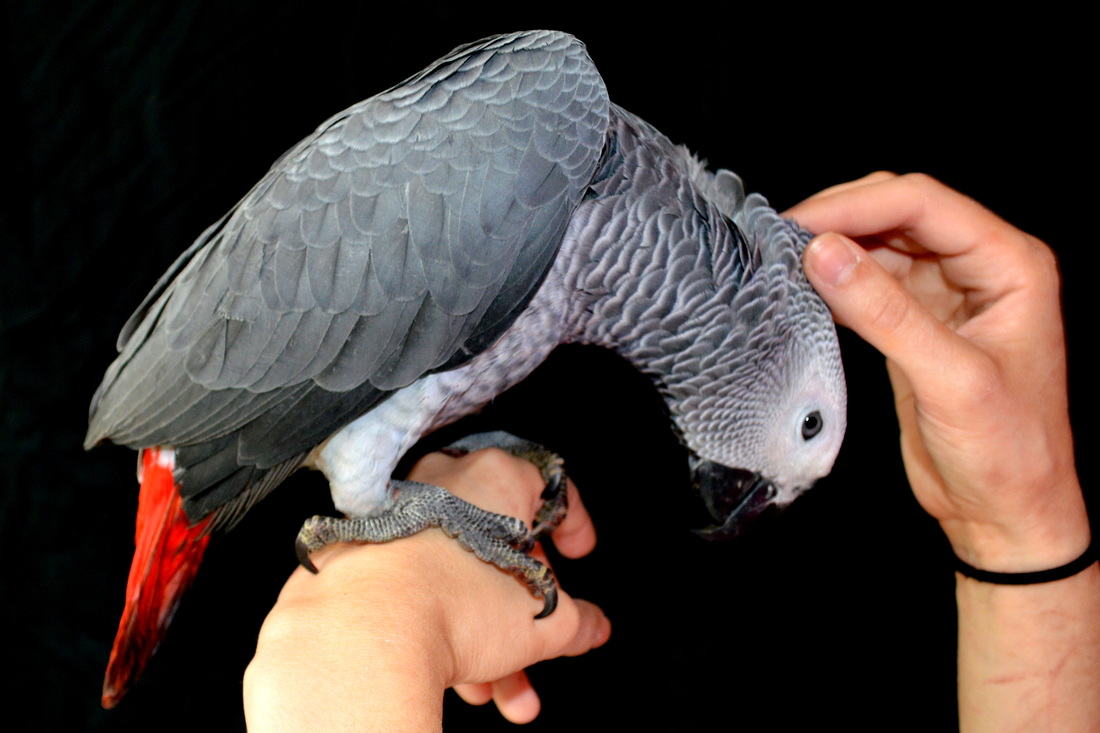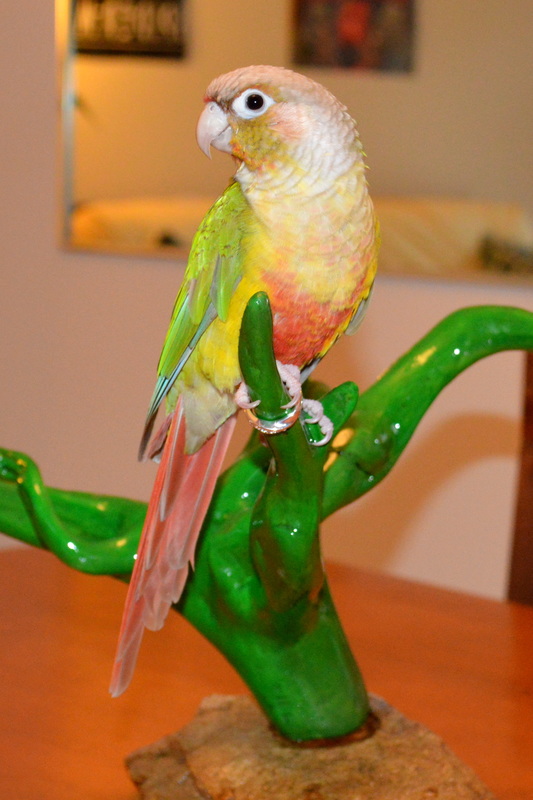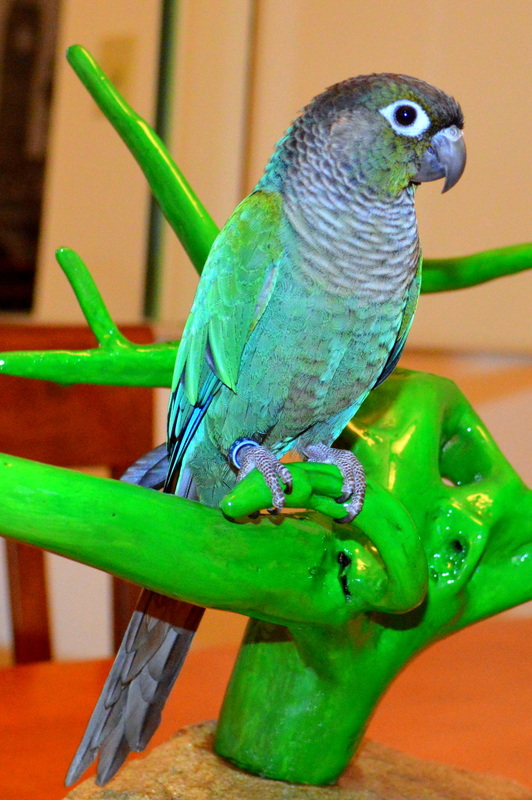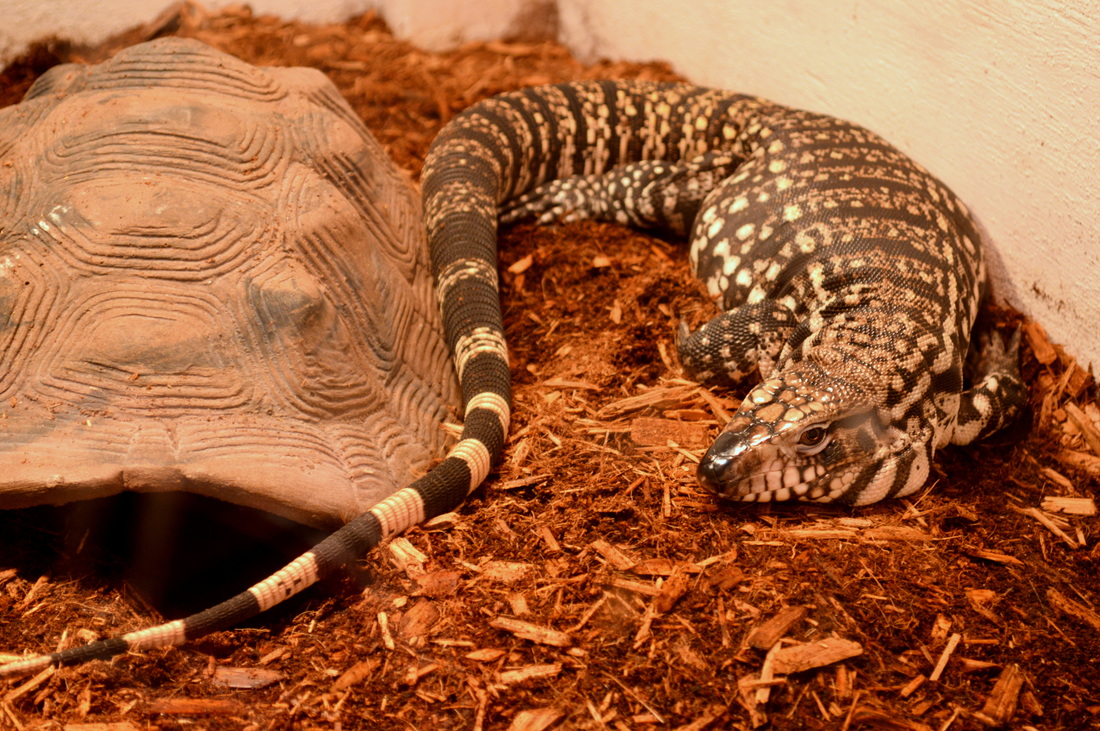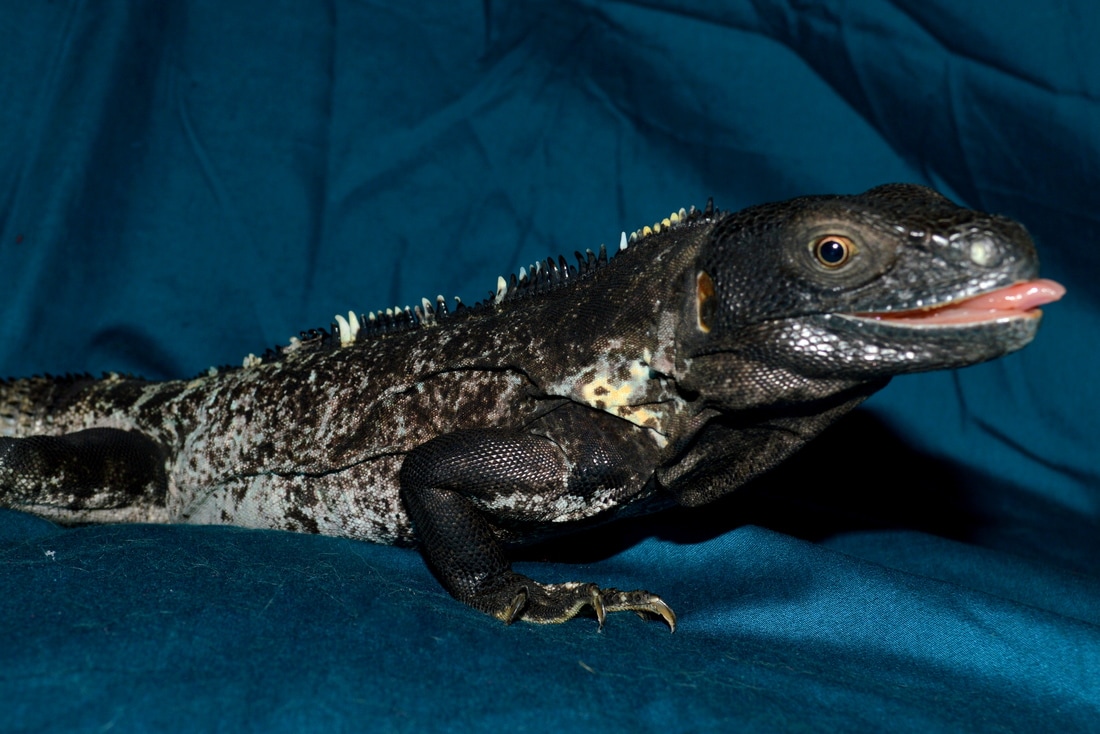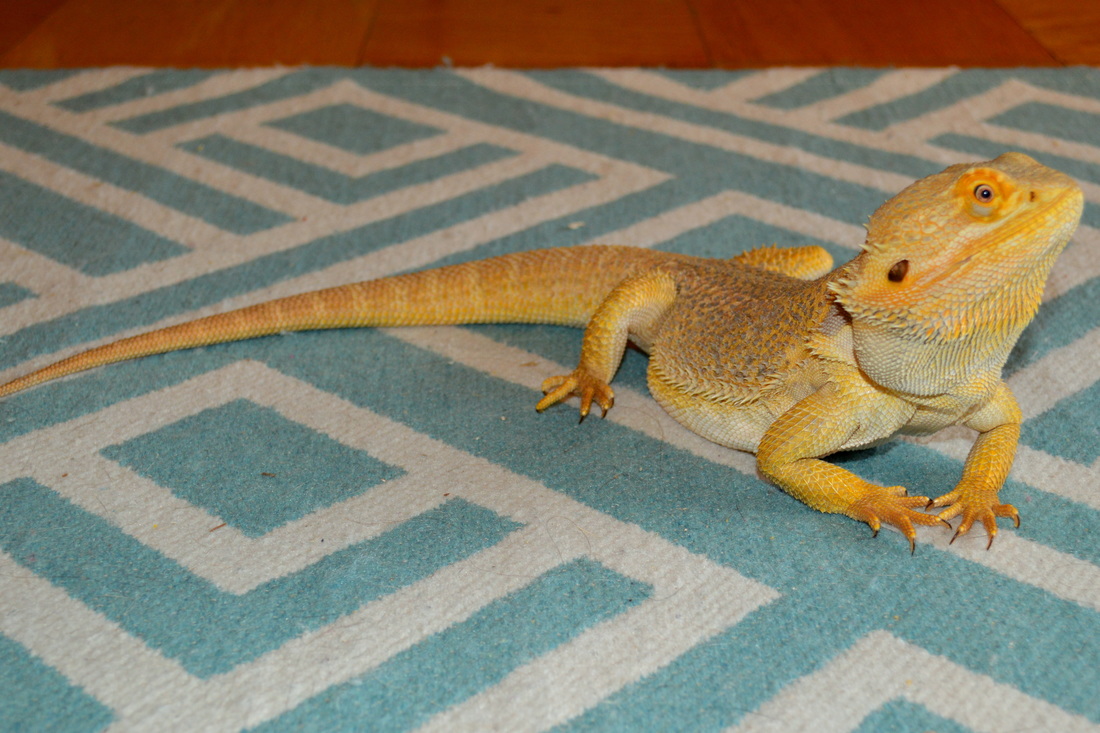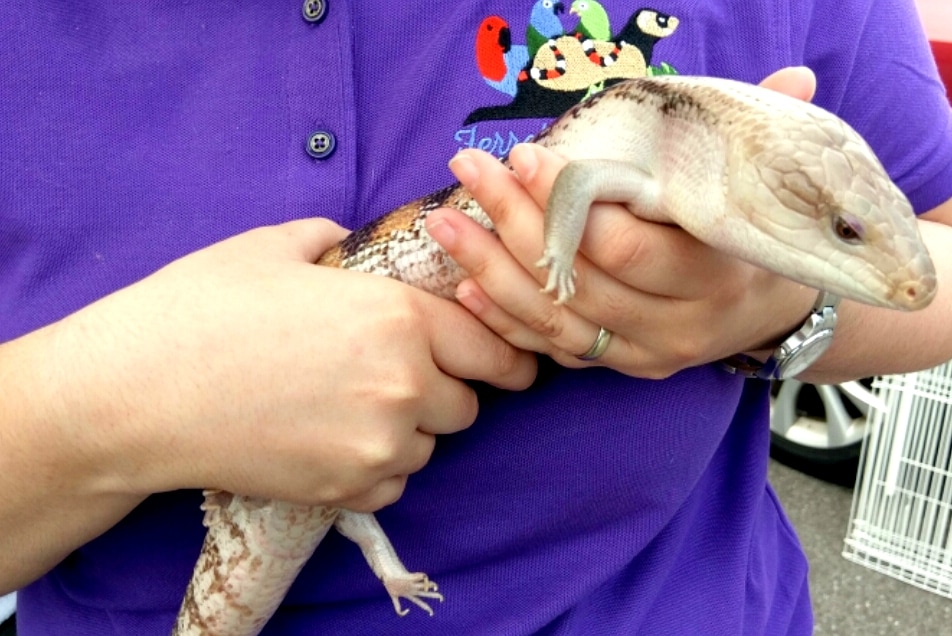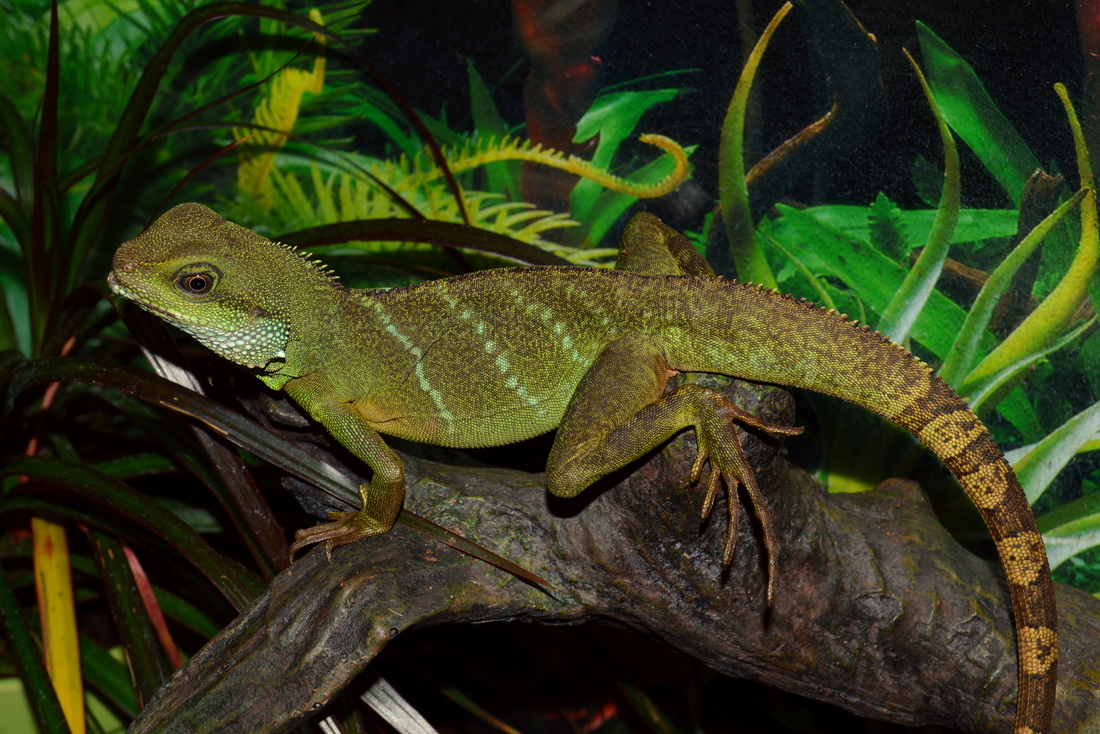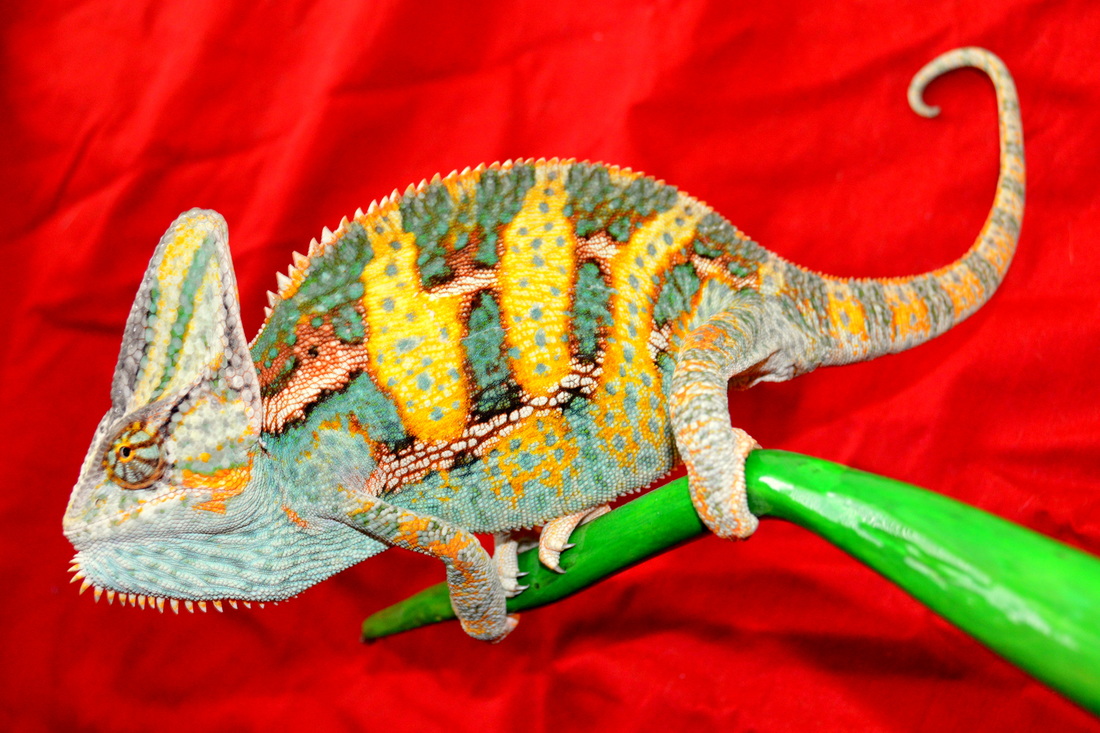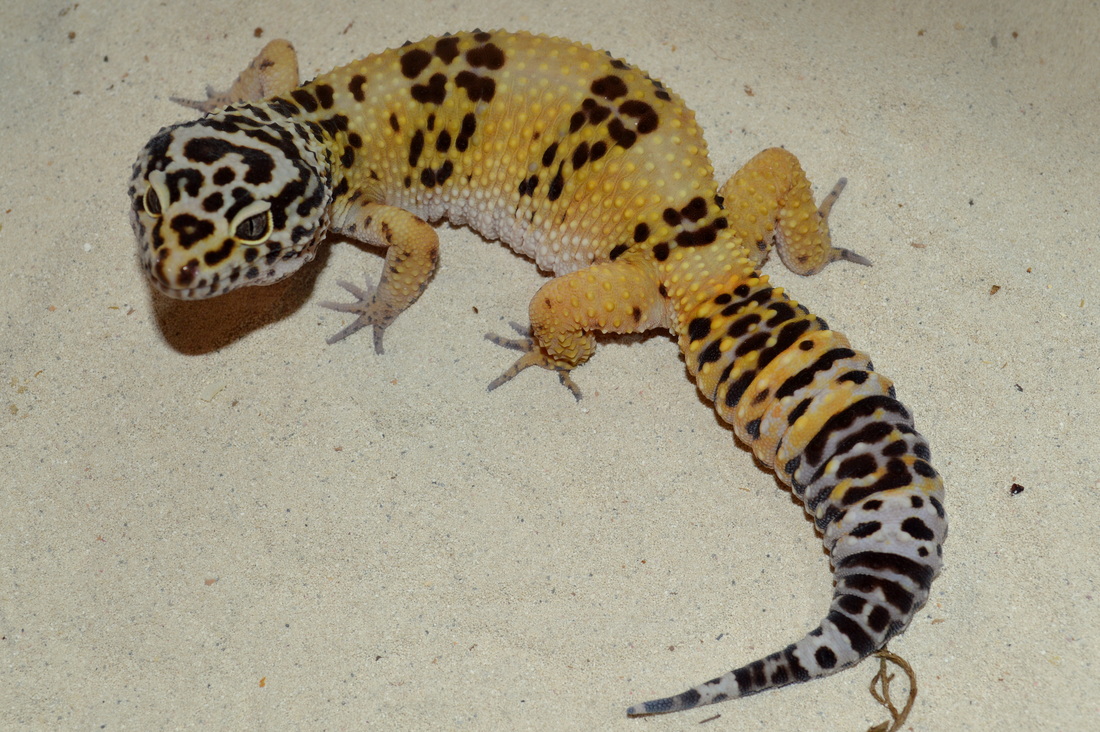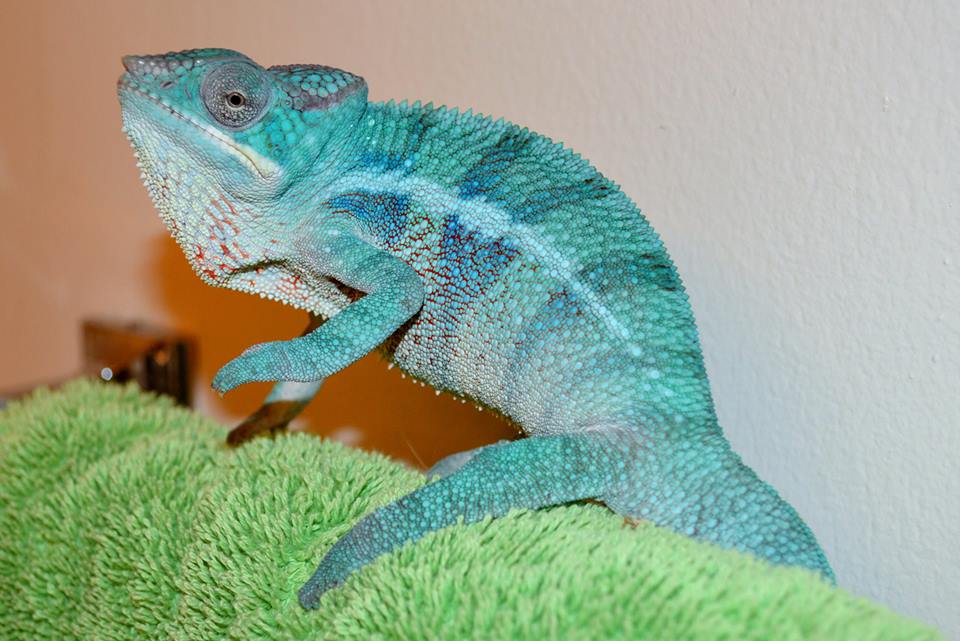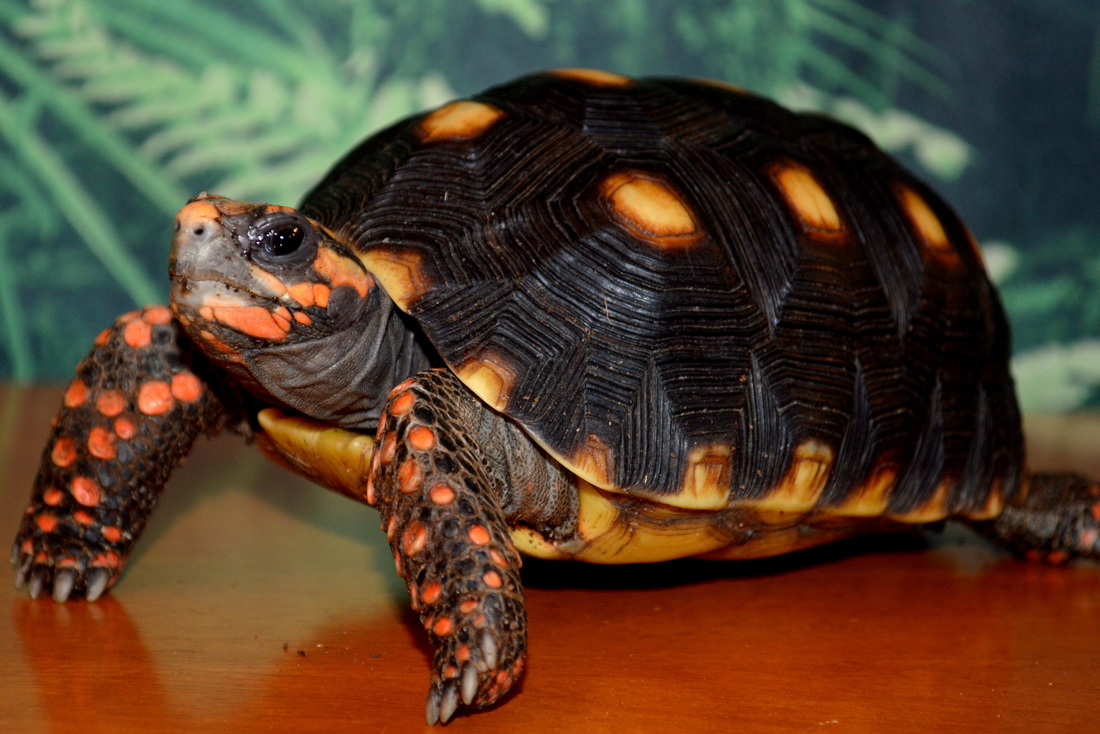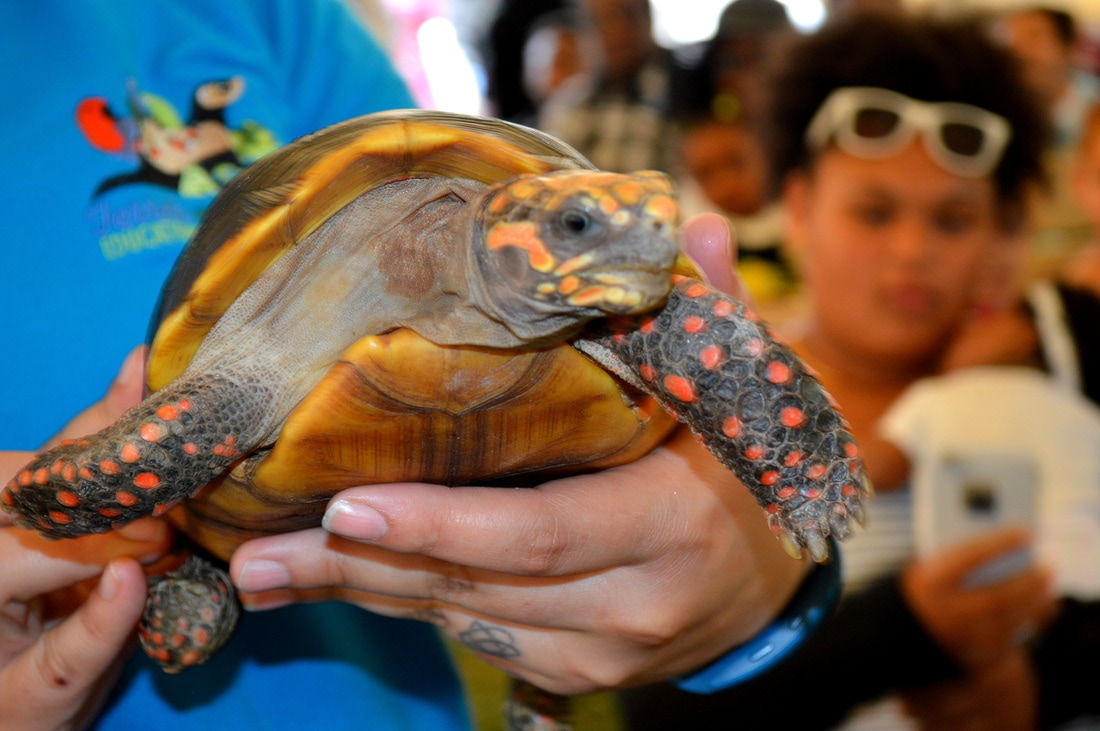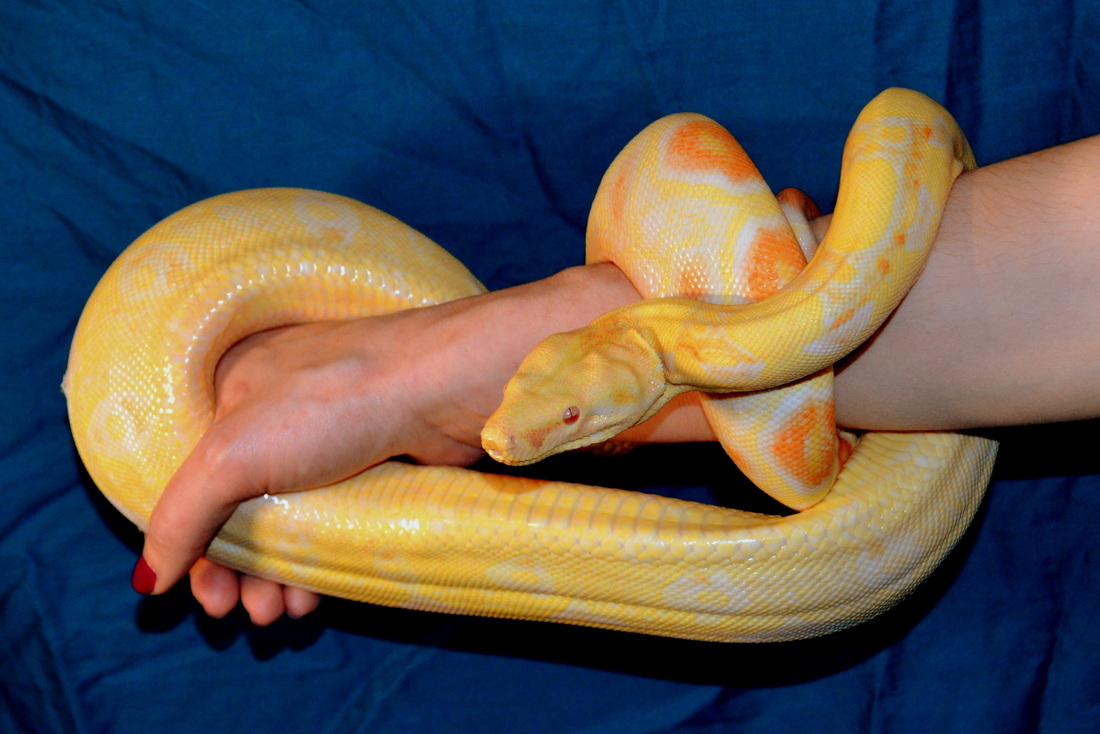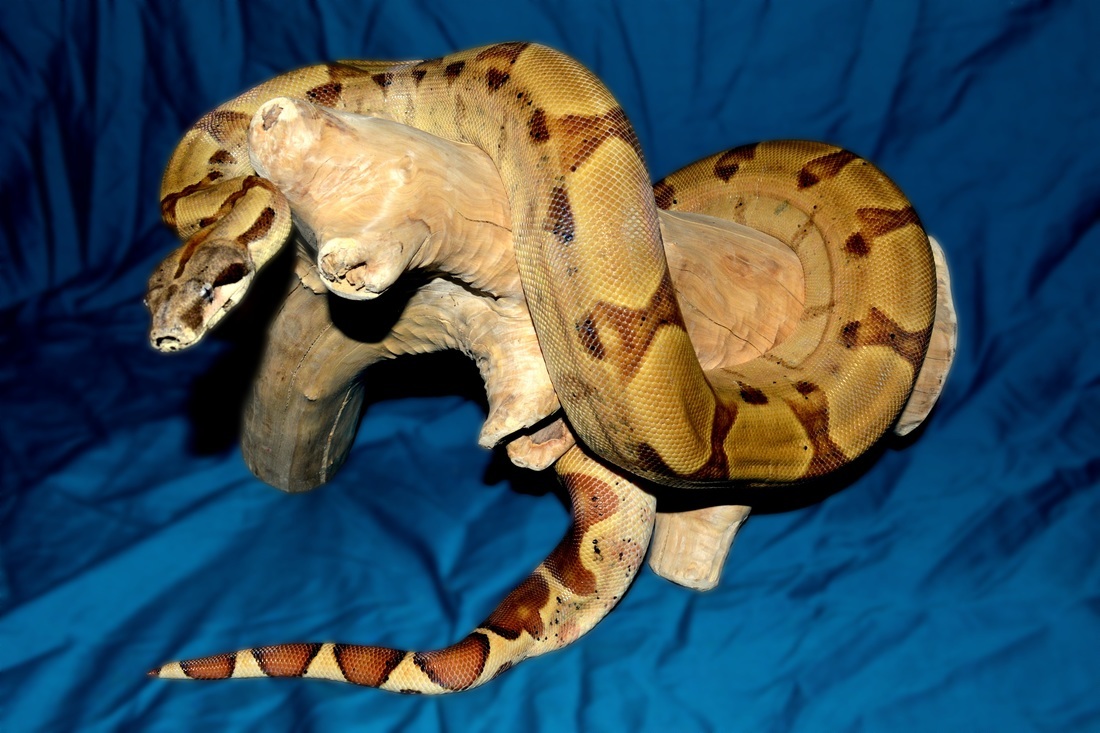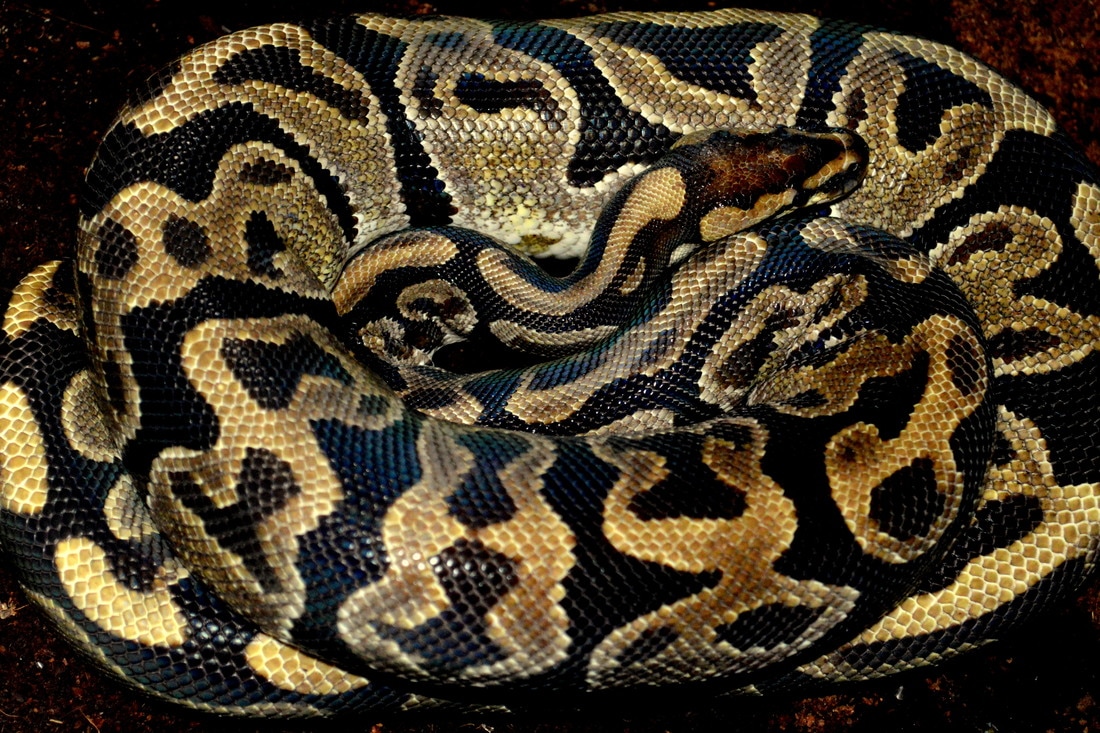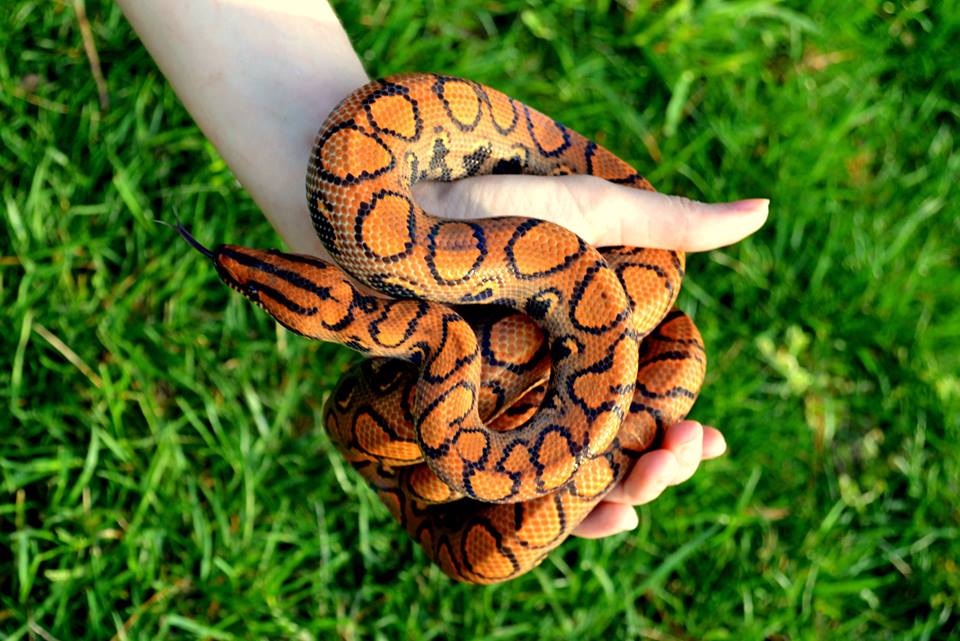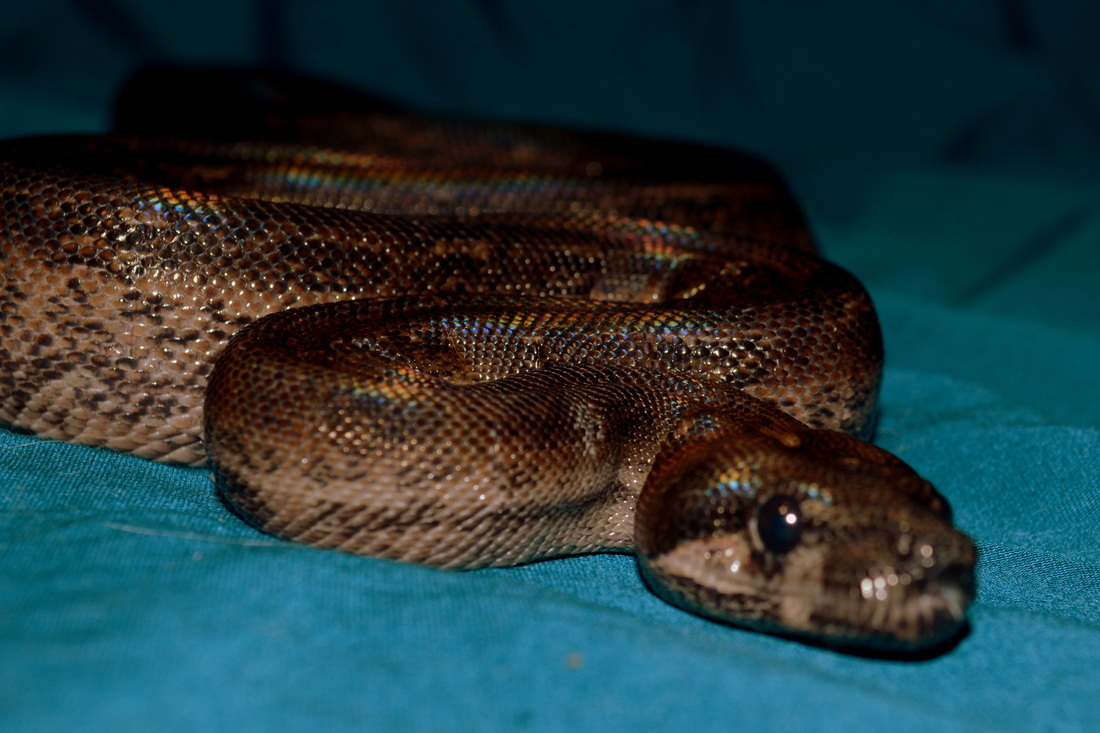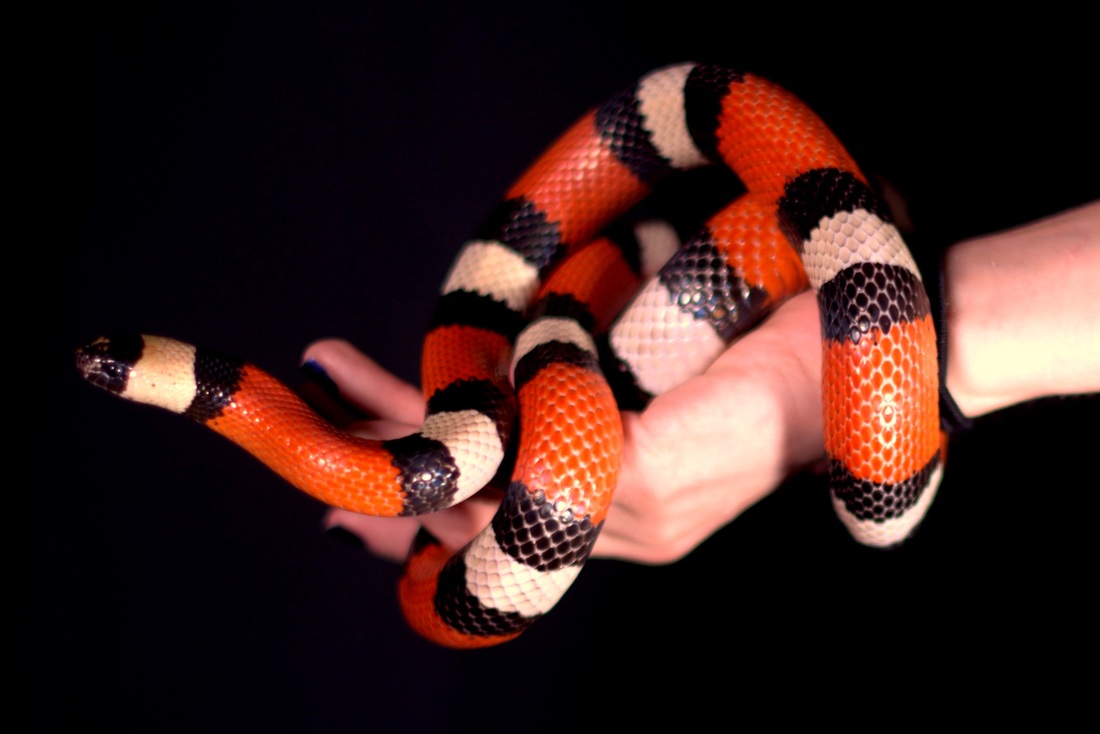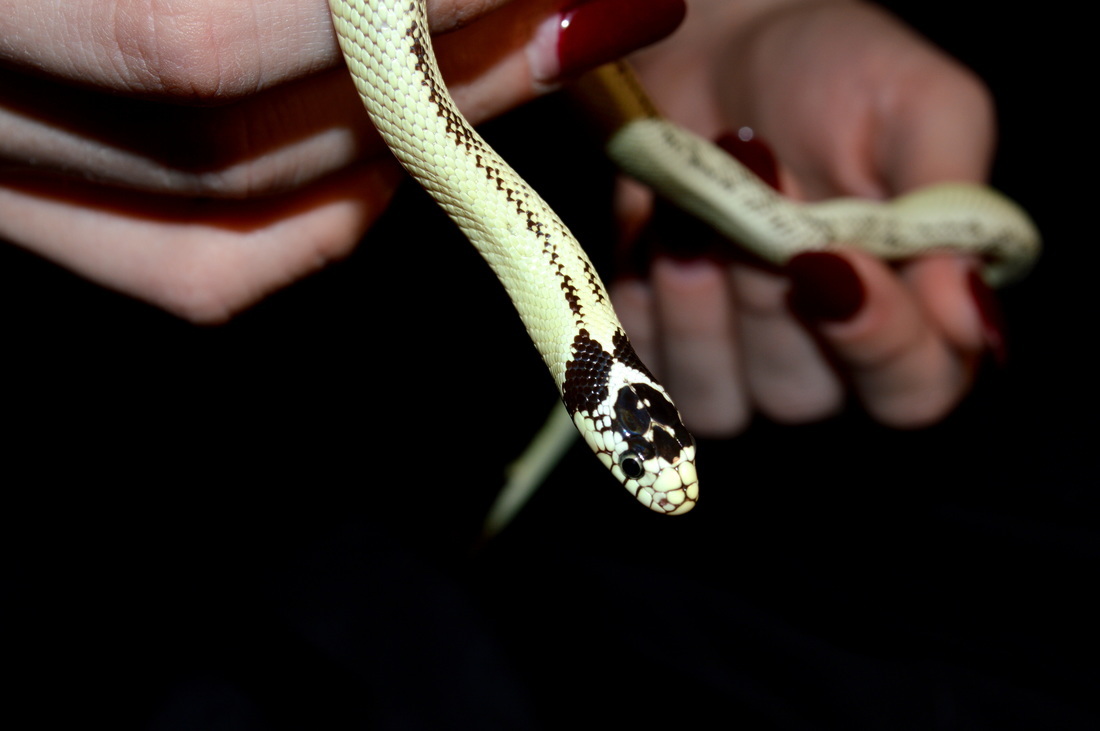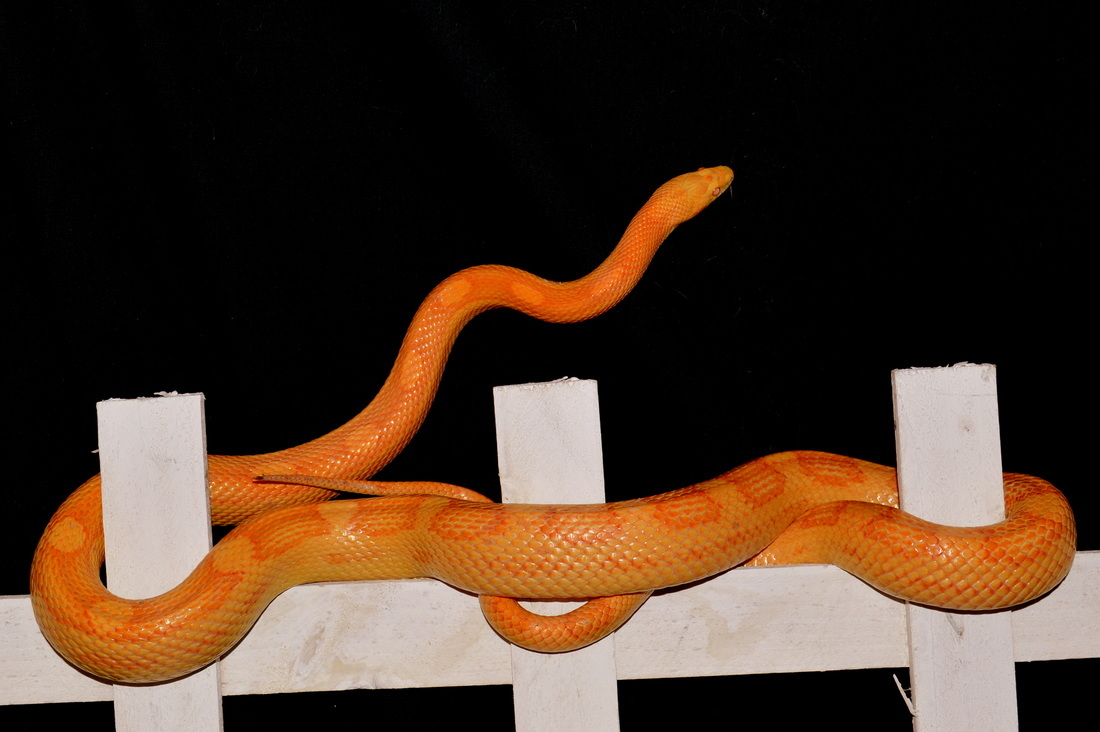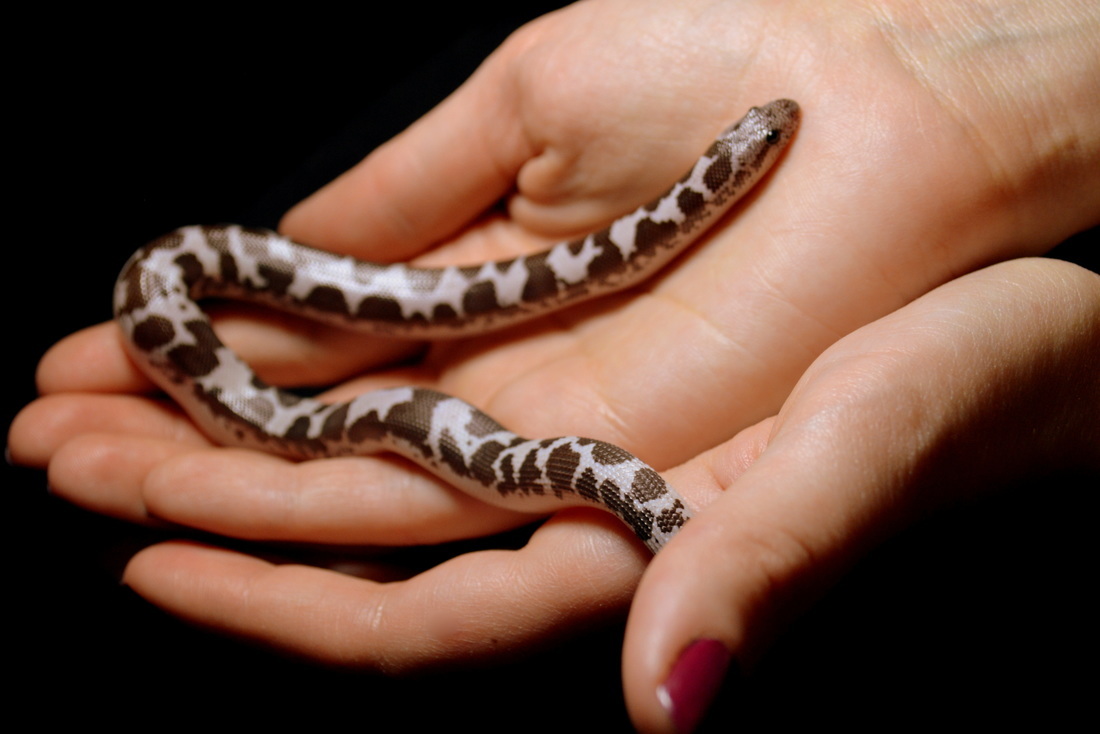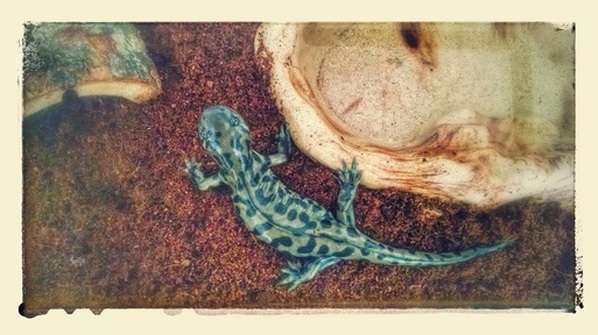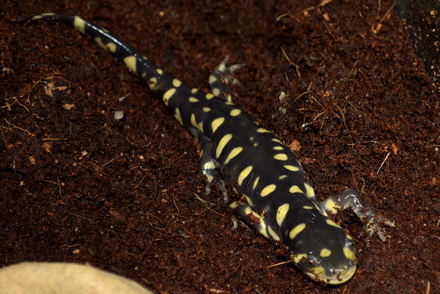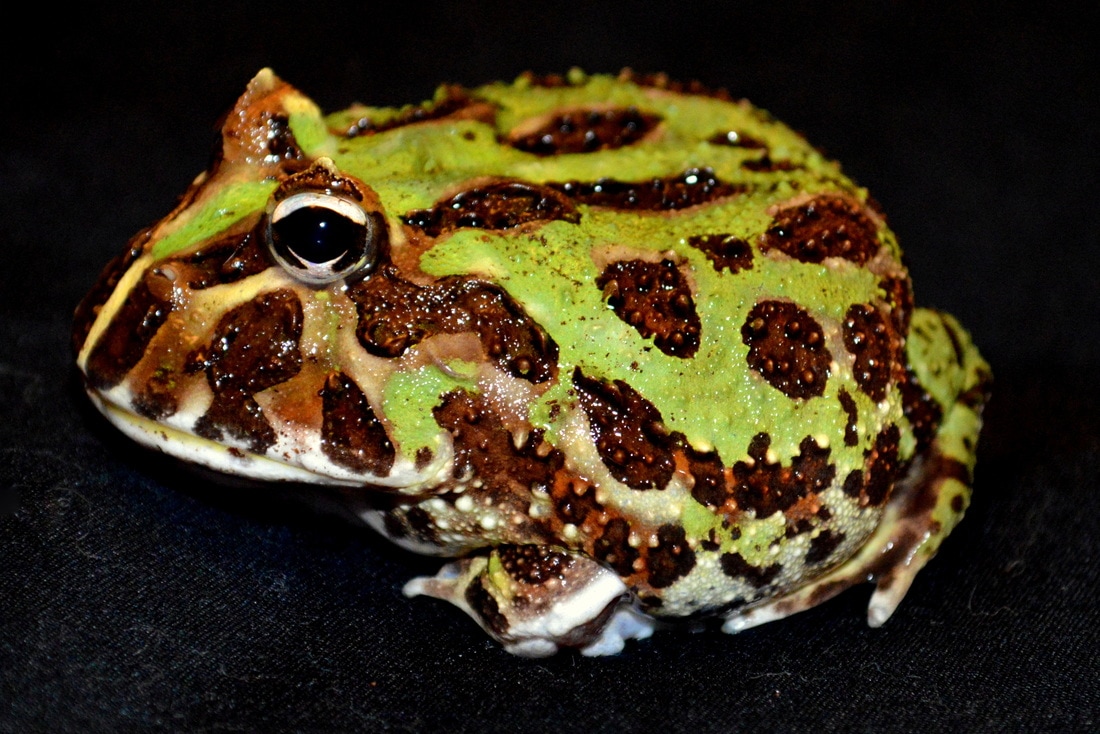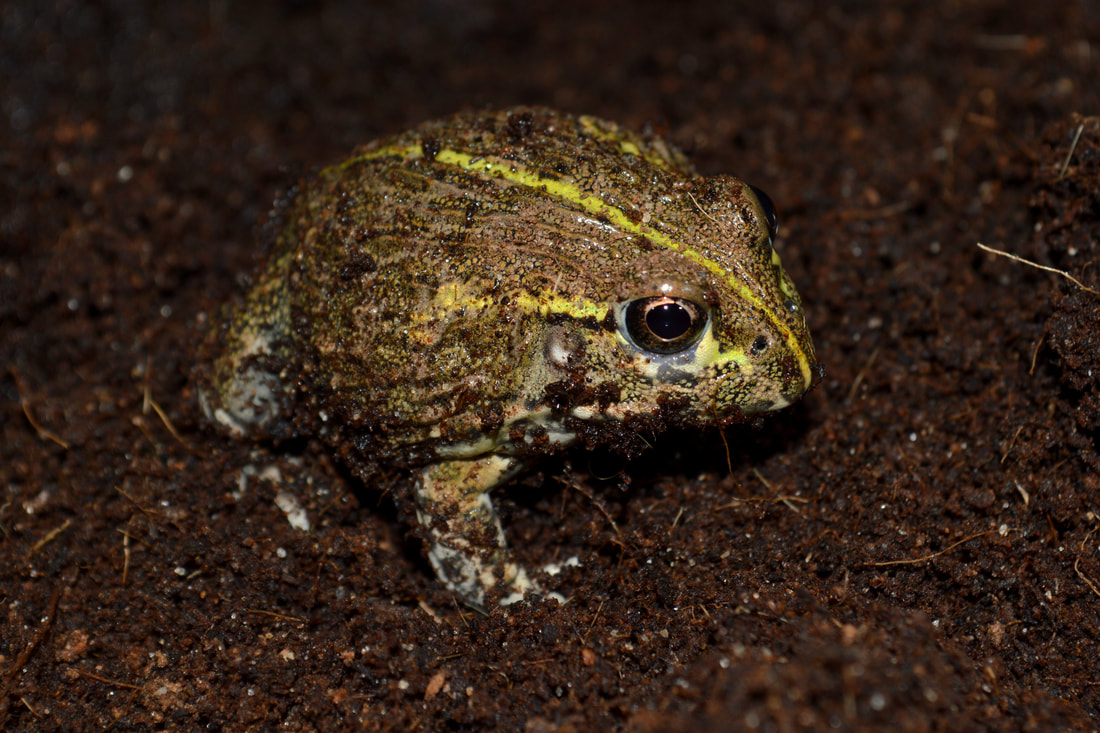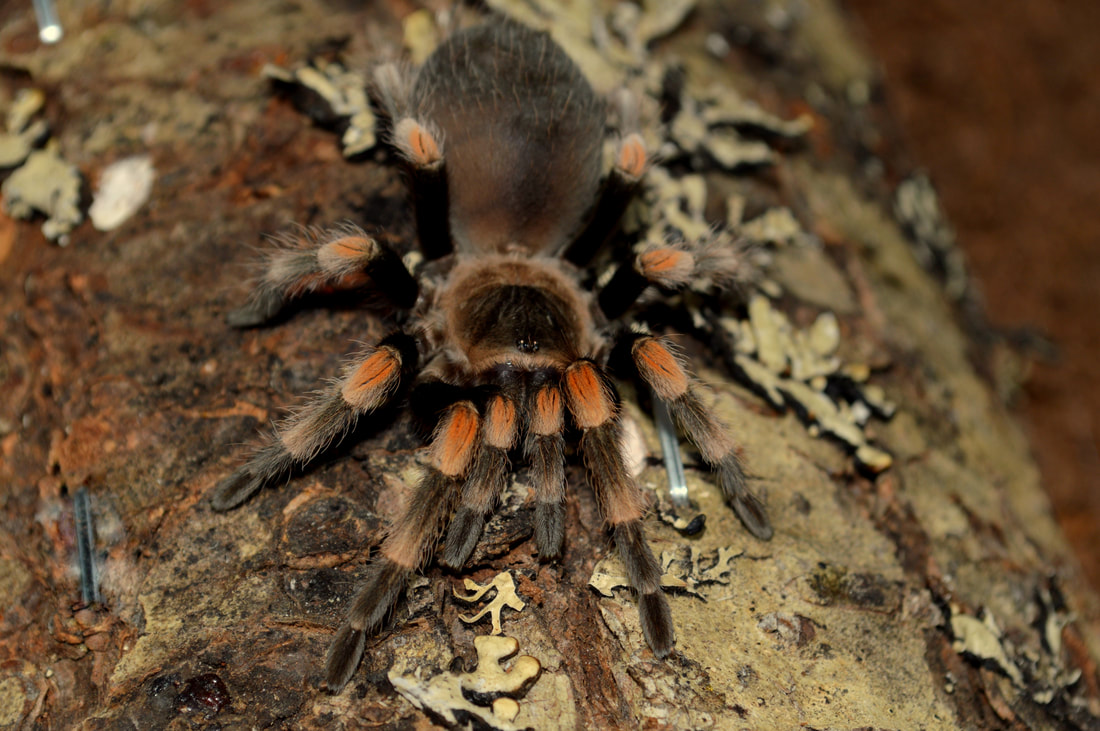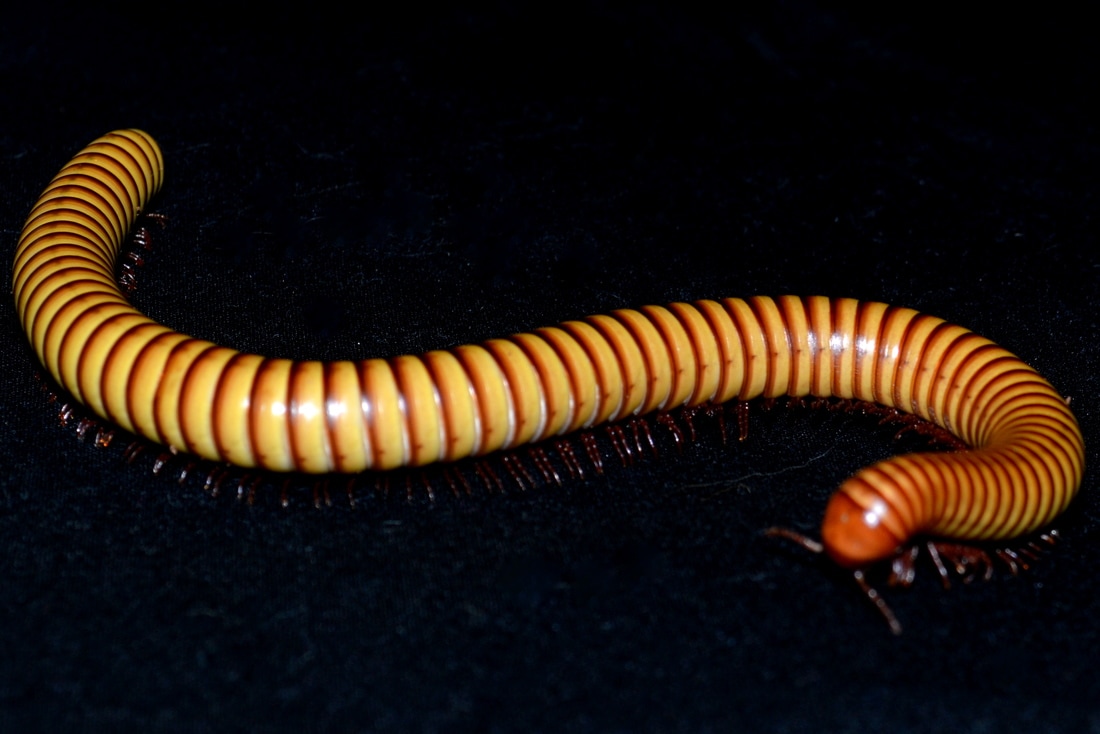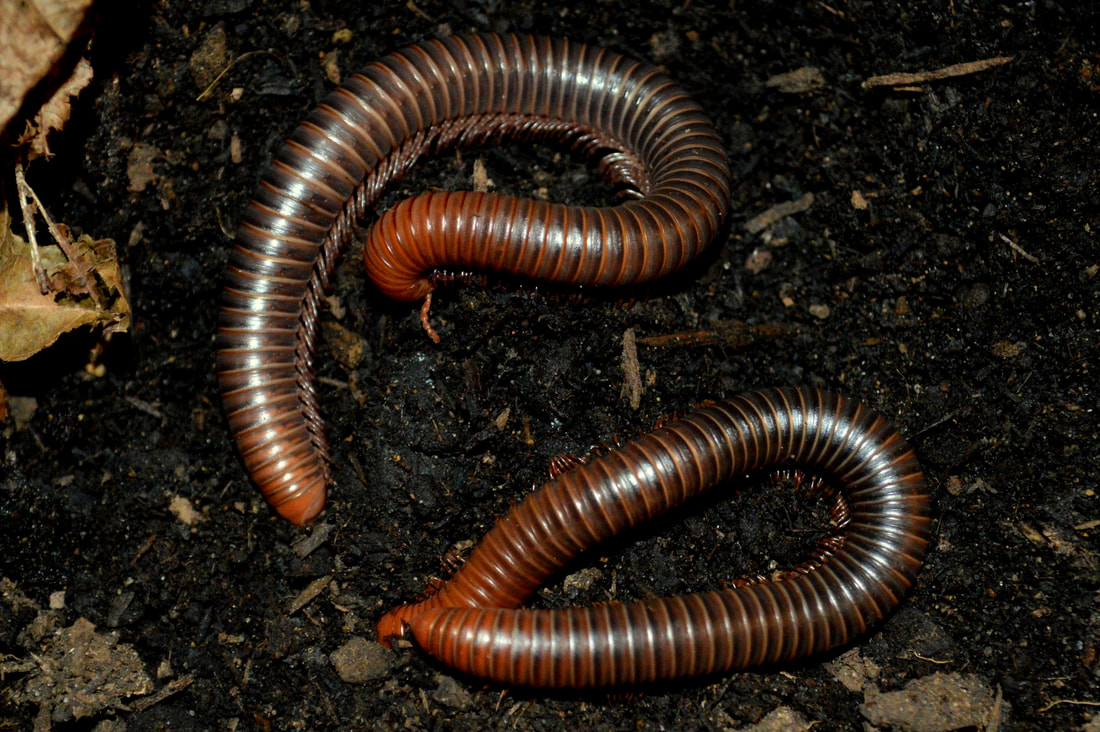Our Ferret Friends
Did you know that a group of ferrets is called a business? Check out the members of our small business below or scroll down to see our other exciting animal friends:
Please note that our mammals are temperature sensitive and will not be available for outdoor events when the temperature is expected to exceed 80 degrees Fahrenheit.
Please note that our mammals are temperature sensitive and will not be available for outdoor events when the temperature is expected to exceed 80 degrees Fahrenheit.
Jack
Color Pattern: Dark Sable
Age: 3 years old History: Jack is quickly learning how to be a professional cuddler. He loves stealing cell phones and sneakers. He currently knows how to "spin", "roll over", and stand up on cue. Favorite Activity: Wrestling with his best friend, Peach the orange tabby cat, and curling up next to his favorite human on the couch. |
Riley
Color Pattern: Albino
Age: One year old History: Riley was born on December 24th, 2016. While her albinism does not affect her eyesight, she is deaf. She has shown herself to be a natural snuggle bug and enjoys being scratched around her neck and shoulders. She is a fun and goofy little girl! Favorite Activity: Lying on her back and rolling off furniture. She enjoys being picked up and carried by her human friends. |
|
|
Pabu & AbuColor pattern: Pabu is the lighter of the pair, Abu is the darker one with a white markings on his chest/neck.
Age: Six months old History: These brothers are our newest ferret additions and have been quick learners! Abu loves doing tricks and playing in the bathtub. Pabu has abundant energy and enjoys begging for attention from his favorite people and chasing toy balls. Favorite Activity: Chasing the cat, chasing the humans, wrestling with each other, and stealing every one else's toys! Status: In Training Pabu & Abu may visit your event, usually paired with a more experienced ferret friend. Depending how they are doing that day will determine the extent of available interactions. |
Our Other Fuzzy Friends
Check back soon for updates about our furry friends that are currently in training: Jessica & Wednesday
XenaSpecies: African Pygmy Hedgehog
Age: Less than one year History: Xena is friendly and calm. As she's still young, she can be easily startled. She needs to be socialized before she's comfortable doing shows. In training: Xena may make an appearance at your event, but interactions with her may be limited depending on the environment. |
Our Feathered Flock
Parrots add color and variety to any show. Our friendly flock tends to be a crowd-pleaser.
Eclectus ParrotName: Mystique
Coloration: Solomon's Island Age: 3 years old Species native to: Australia Diet: Fruits and Veggies Fun fact: We call her "Missy". Eclectus parrots are excellent mimics. Missy has learned to make a convincing phone ring, several phone beeps, and a cat meow. Missy is trained to fly on cue. Indoor events only. |
African Grey ParrotName: Louie
Coloration: Red-tail or Congo African Grey Age: 1 year old Species native to: Africa Diet: Seeds, nuts, fruits, and veggies Fun fact: The African Grey is well known for its intelligence and its ability to mimic human speech. Many African Grey parrots do not start learning words until after eleven months of age. |
Green Cheek ConuresName: Kurt & Domino
Coloration: Pineapple and Turquoise Age: 4 years old Species Native to: South America Diet: Seeds, nuts, pellets, fruits, and veggies Fun fact: While they both know how to say "thank you", Kurt tends to be the more talkative bird. Domino prefers showing off her tricks and dance skills. Indoor events only. |
Our Lizard Friends
Our cold-blooded friends won't give you the cold shoulder. These lizards are just a few examples of the types of adaptations that animals have developed to suite their environments.
Blue Tongue SkinkName: Blink
Coloration: Standard Age: Estimated 3 years old Species Native to: Australia Diet: Insects, small animals, fruits, vegetation Fun fact: One of largest species of skinks, these animals are famous for using their blue tongues to scare away predators. Special Guest: Limited Availability |
Chinese Water DragonName: Jasmine
Coloration: Standard Age: 4 years old Species Native to: Asia Diet: Crickets, mealworms, minnows Fun fact: Chinese water dragons are often referred to as the "poor man's iguana" due to their smaller size and similar appearance. Unlike their vegetarian cousins, Chinese water dragons are mostly carnivorous. Some have been known to accept fruit as part of their diet. |
Veiled ChameleonName: Ali
Coloration: Standard Age: 4 years old Species Native to: Saudi Arabia, Yemen Diet: Crickets, mealworms, leafy green veggies Fun fact: While chameleons use their coloration to blend into their native home, they are unable to change their color to match any environment. This is a common misconception. |
Panther ChameleonName: Genie
Coloration: Ambanja Age: 6 months old Species Native to: Madagascar Diet: Crickets, horned worms Fun fact: Panther chameleon's coloring depends on their lineage and locale. These are some of the most colorful lizards in the world! Status: In observation, estimated debut March 2018 |
Our Turtle Friends
Children love turtles! We currently have a couple land-dwelling tortoises ready to teach children about these slow moving friends.
Red-footed Tortoise
Name: Big Ben & Beatrix
Coloration: Standard Age: Three years old & Ten years old Species native to: South America Diet: Mostly fruits and vegetables Fun fact: Red-footed tortoises prefer a more moist and humid climate than their yellow-footed cousins who can be found in drier parts of South America. |
Our Snake Friends
Their lack of feet doesn't stop our snake friends from getting around. With a range of sizes and colors, there is something for everyone!
Colombian Red-Tail BoaName: Leeloo (top) & Milo (bottom)
Coloration: Albino and Jungle Age: 3 years old Species Native to: Central and South America Diet: Mice, Rats, other small rodents Fun fact: Female Red-tail boas like Leeloo can reach a maximum length of 8-11 feet, while males like Milo may only get up to 6-8 feet. |
Milk SnakeName: Natasha
Coloration: Pueblan Milk Snake Age: 5 years old Species Native to: North America Diet: Small mice Fun fact: Milk snakes got their name from farmers who frequently found them in barns. They theorized that they drank the cow's milk, when in reality they were likely hunting the mice that lived in the barn. |
Corn SnakeName: Jack
Coloration: Orange Age: 3 years old Species Native to: North America Diet: Small mice Fun fact: Corn snakes are relatively common in North America, although you are unlikely to find one with Jack's coloring in your backyard. If you should find a snake in its native habitat, it's important to leave it alone! |
Our Amphibious Friends
While our snakes might not be slimey, we can't say the same about our amphibian friends!
Please note that our amphibians are temperature sensitive and may not be available for outdoor events.
Please note that our amphibians are temperature sensitive and may not be available for outdoor events.
Our Invertebrates
Keeping their skeletons on the outside have worked for this group for over 665 million years. Talking about the diversity of life on our planet would not be complete without a few representatives from this adaptive group.
Mexican Red Knee TarantulaName: Yorrick
Age: 2 years old Native to: Pacific Coast of Mexico Diet: Smaller insects Fun fact: Molting is the process by which tarantulas shed their exoskeletons. A molting tarantula may lay upside down, appearing dead, until it has finish molting. They leave their old molts behind. |
Millipedes
Species: Sonoran Desert
Age: 3 years old Native to: Southwest United States Diet: Rotting wood, leaves, fruits, veggies Fun fact: Millipedes are herbivores unlike their carnivorous relatives, centipedes. Millipedes have two pairs of legs per segment while centipedes only have one pair of legs per segment. |
